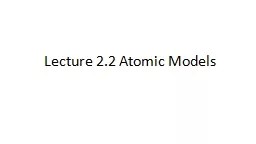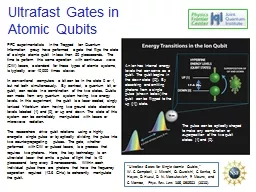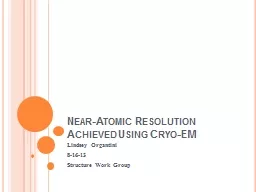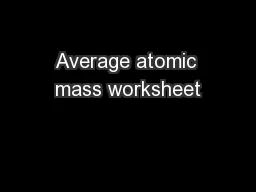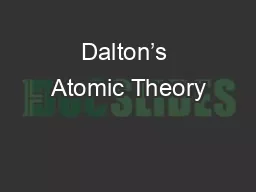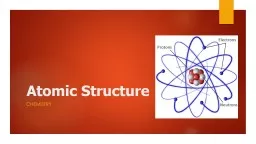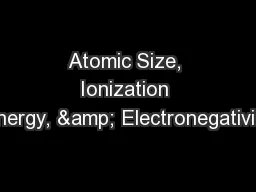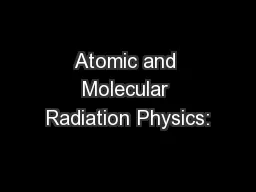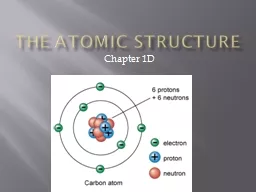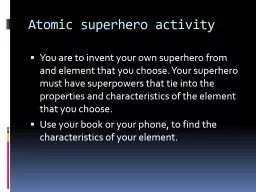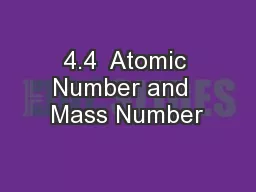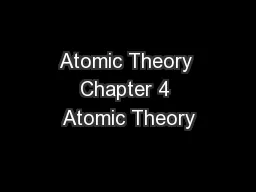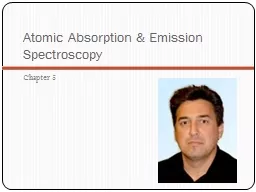PPT-Lecture 2.2 Atomic Models
Author : medshair | Published Date : 2020-06-23
We now have much evidence that an atom is made of a nucleus and electrons orbiting around the nucleus What did people think before Even back in the days of Plato
Presentation Embed Code
Download Presentation
Download Presentation The PPT/PDF document "Lecture 2.2 Atomic Models" is the property of its rightful owner. Permission is granted to download and print the materials on this website for personal, non-commercial use only, and to display it on your personal computer provided you do not modify the materials and that you retain all copyright notices contained in the materials. By downloading content from our website, you accept the terms of this agreement.
Lecture 2.2 Atomic Models: Transcript
Download Rules Of Document
"Lecture 2.2 Atomic Models"The content belongs to its owner. You may download and print it for personal use, without modification, and keep all copyright notices. By downloading, you agree to these terms.
Related Documents

